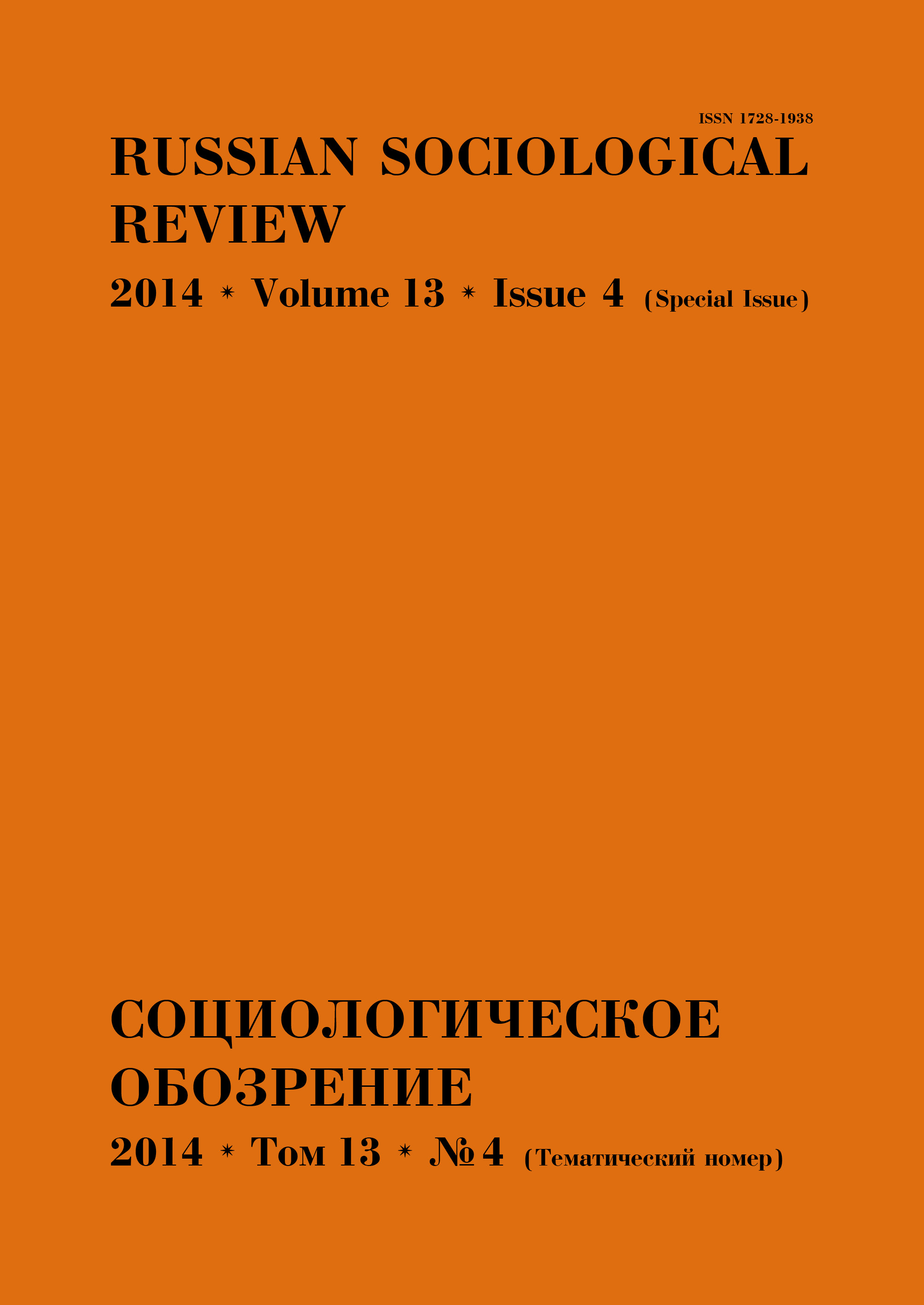Living in-between: The Uses of Marginality in Sociological Theory
Keywords:
movement, time, marginality, the stranger, space, border, frontier, marginal man
Abstract
It may seem that the concept of marginality has already been thoroughly studied and sometimes even considered as a useless and obsolete theoretical notion. However, in this article I develop the notion in a novel way with regard to recent theoretical debates on the social implications of shifting borderlines in the contemporary world. The notion of “marginal man” introduced by Robert Park is central for my approach since it embodies the “spatial—social” interaction. I construct and use the nexus of space, time and movement to account for the analytical capacities of this concept. The article covers mainly the spatial aspects of marginality and its connotations. I outline two main approaches to the ideal type of the “marginal man” in the paper: 1) the spatial-functional approach (traced back to Simmel’s notion of Stranger), which focuses on the essential functions of Stranger for a group border, and 2) “formal”—making approach to multiple borders (and particularly shifting ones) that shape “marginal’s” identification as placed in-between borders and challenge the orderliness of bordered space. The central task of the marginality research is not to classify different “strangers” and “marginals”, or to describe their conditions, self-identities, and psychological controversies, but to depict social processes responsible for “marginalization”, exclusion, and enabling liminal positions. In this article I argue that the analytical vista of the “marginality” concept can be extended beyond the individual/personal framework and include social institutions (in the example of citizenship).Downloads
Download data is not yet available.
Published
2015-01-03
How to Cite
БаньковскаяС. (2015). Living in-between: The Uses of Marginality in Sociological Theory. Russian Sociological Review, 13(4), 94-104. Retrieved from https://ojs.hse.ru/index.php/sociologica/article/view/99
Issue
Section
Papers and essays




